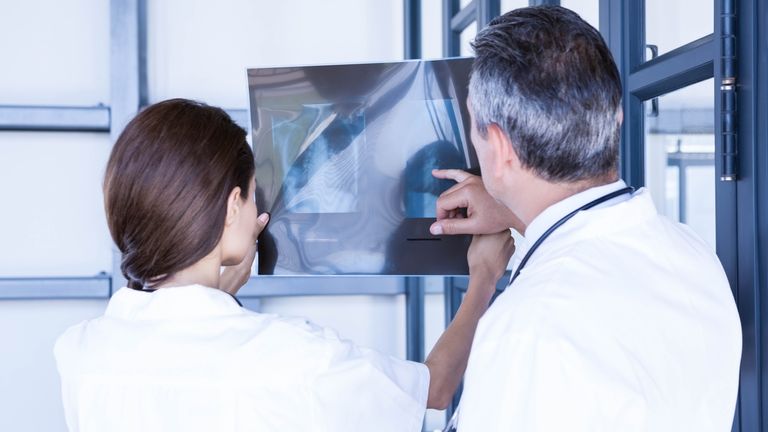United Launch Alliance (ULA) is sending its Vulcan Centaur Rocket up on Friday, an important milestone in the future of U.S. spaceflight.
The Vulcan Centaur's second missions—called Cert-2—is scheduled to lift off from Florida's Cape Canaveral Space Force Station during a three-hour window opening at 6 a.m. EDT.
The flight will last a total of 34 minutes, and is designed to prove that the rocket can handle U.S. military payloads.
The Vulcan is the first of a new class of rocket designed to encroach on a field currently dominated by Elon Musk's SpaceX, which has successfully launched 388 rockets in recent years.
The launch follows the "very, very successful" Cert-1 launch back in January, ULA president and CEO Tory Bruno said during a press briefing on Wednesday.
"[The mission] has literally one primary objective, which is to go fly a second time and have another success," Bruno said. "So now, we have two data points and then, upon the government's review of the data that confirms all that, you're certified and then you're ready to fly national security."
The Cert-2 mission was originally set to carry Sierra Space's Dream Chaser space plane—an uncrewed cargo ship designed for resupplying the International Space Station. However, delays to the Dream Chaser mean ULA have pushed ahead without it, and will likely seek to launch it at some point in 2025.
"We waited as long as we could to give them every chance and they just needed a little bit more time," Bruno said. "In fact, we had other customers that wanted to be on Cert-2, if we weren't going to be able to fly Dream Chaser, but we waited so long that we couldn't really get those integrated in time either. That's how interested we were in the Dream Chaser mission and how much we believe in their vehicle, which by the way, means that ULA is paying for this Cert-2 flight.
The rocket is an important step forward for ULA and U.S. space flight in general as it will be able to fly more cheaply than the company's older rockets. That's thanks to a SMART initiative, which stands for "sensible, modular, autonomous return technology."
This system will allow the most expensive parts of the rocket to be recovered and reused after each launch.
The most innovative part of the new design is the rocket's core stage, which employs a new type of rocket engine manufactured by Blue Origin, the spaceflight company owned by Amazon billionaire Jeff Bezos.
The new American-made BE-4 rockets also mark a move away from the Russian RD-180 rockets, which were a key part of previous missions but have been ditched following Russia's full-scale invasion of Ukraine in 2022.
The BE-4's are powered by methane, which is new in the space launch industry. The fuel drivers more thrust per unit mass than traditional kerosene, meaning smaller tanks are needed to fly the same distance.
If successful, the Cert-2 mission will lay the groundwork for NASA and the U.S. Space Force—expected to be important customers to ULA—to begin using the system.
The rocket will be used to launch a variety of satellites into orbit, including commercial, civil, science and national security space customers.
You can watch the launch live on the ULA website.
Do you have a tip on a science story that Newsweek should be covering? Do you have a question about rocket launches? Let us know via science@newsweek.com.
Disclaimer: The copyright of this article belongs to the original author. Reposting this article is solely for the purpose of information dissemination and does not constitute any investment advice. If there is any infringement, please contact us immediately. We will make corrections or deletions as necessary. Thank you.



